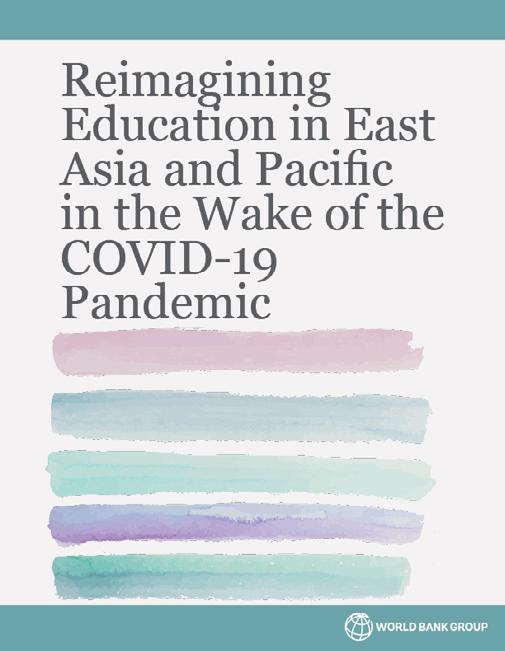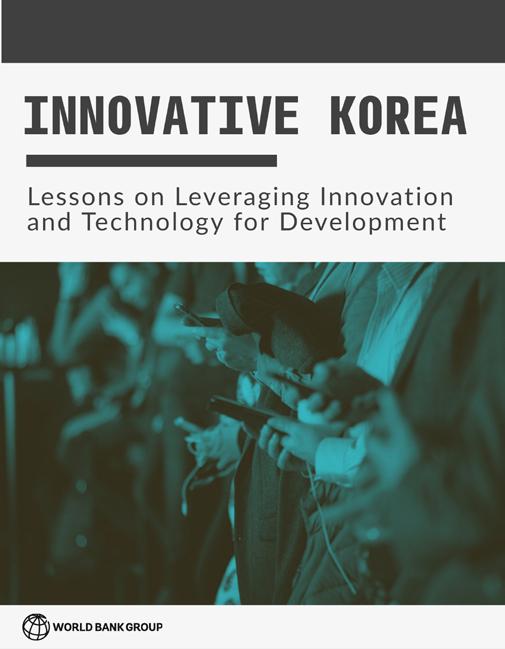
1 minute read
East Asia and Pacific
REIMAGINING EDUCATION IN EAST ASIA AND PACIFIC IN THE WAKE OF THE COVID-19 PANDEMIC
By the World Bank
Advertisement
Countries in middle-income East Asia and Pacific were already experiencing a learning crisis prior to the COVID-19 pandemic. COVID-related school disruptions have only made things worse. Learning poverty—defined as the percentage of 10-year-olds who cannot read and understand an age-appropriate text—is as high as 90 percent in several countries. Several large Southeast Asian countries consistently perform well below expectations on adolescent learning assessments. This report examines several key factors affecting learning outcomes in the region, including teaching, the use of educational technologies (EdTech), and public spending on education. It also analyzes the political economy of education reform and presents recommendations on how countries in middle-income East Asia and Pacific can recover COVID-related learning losses and build stronger education systems to enhance productivity, growth, and development in the region.
February 2023. 150 pages. Stock no. C211904 (ISBN: 978-1-4648-1904-9). US$43.95
INNOVATIVE KOREA
Lessons on Leveraging Innovation and Technology for Development
Edited by Anwar Aridi, Youngsun Koh, and Hoon Sahib Soh
The Republic of Korea today is a highly industrialized, global innovation and technology leader. It is the twelfth largest economy in the world, with a per capita income at the average of OECD countries. However, in the 1950s, it was one of the poorest countries in the world, with decidedly bleak prospects, making Korea a well-known case study of successful development. Innovative Korea summarizes the sources of Korea's remarkable growth performance and the policies and institutional reforms that made this possible. In particular, the report focuses on Korea's successful transition from a middle-income to a high-income economy and how it escaped the "middle-income trap" by fundamentally transforming its growth model in response to the Asian Financial Crisis of 1997-98, moving toward a more private-sector-led model with greater emphasis on market competition, innovation, and technology. Instead of targeting large firms and industries, industrial policies prioritized small and medium enterprises and technology entrepreneurs. Exports expanded significantly through greater integration in global value chains. Already high levels of human capital development were complemented by an expanded social safety net and a more integrated approach to education and training.






